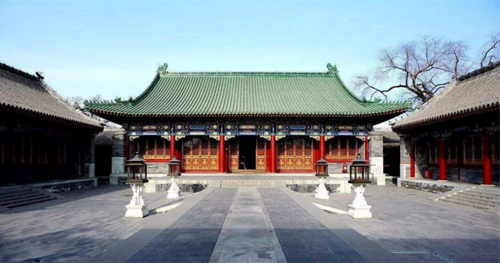
Prince Gong's Mansion via Bon Cloud
The Story Of Su YongJun
Su Yongjun is the eighth-generation inheritor of the Su-style glazed tile techniques. However, he began his professional life working in the transportation industry, he did not make the move to glaze working until he was moved by the history his family has in the industry. The Su family of Taiyuan city has been making tiles for the Chinese imperial palace for over 680 years.
Su Yongjun went to the glazing factories with his grandfather when he was younger. In the year 2007, a professor from the Chinese Ministry of Culture visited the Su family and discovered the same Su-style glazing technique was used for the imperial palace of the Ming (1368–1644) and Qing (1644–1912) dynasties. These findings led to the family glazing technique to be listed as a significant piece of cultural heritage.
Three months after the professor’s visit Su Yongjun would set up his workshop where his two sons Su Qi (25) and Su Wangsheng (21) now work. Over twenty individuals are either employed or work as interns at Yongjun’s glazing shop.
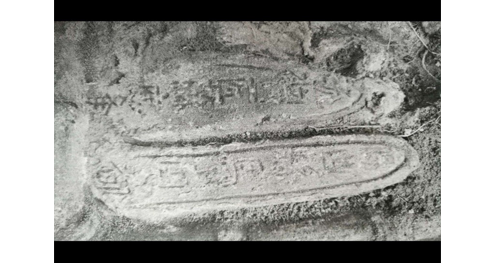
A relic recording the glaze the Su-style glaze technique in Taiyuan city via Bon Cloud
Cultural Significance Of Glazed Tile
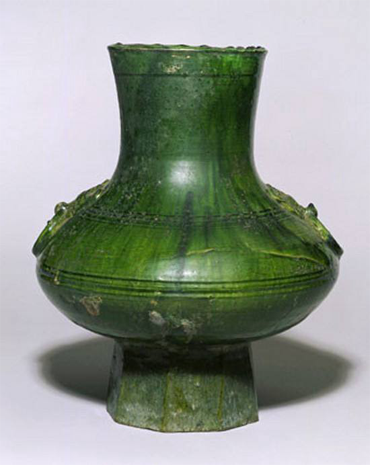
Green Glazed pottery from the Han Dynasty (206 BCE - 220 CE) via Bon Cloud
Glazed ceramic tile has been found in archeological excavations of numerous ancient societies including Egypt, Mesopotamia, China, and Rome. However, it’s unsure of where the intricate style began. Ancient Persia is also known for their detailed ceramic tile.
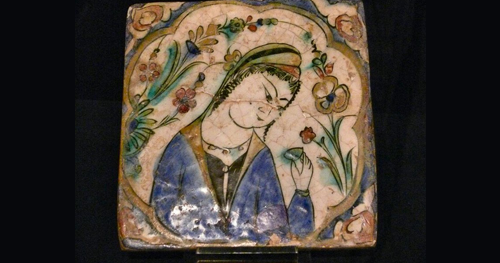
Glazed ceramic tile in Kubachi style popularized in ancient Persia via looklex.com
The stylings similar in display to the art of the Su family can be found in Mosques throughout the Islamic world and throughout the ancient world. The Safavid dynasty (1501–1722) of the Persian empire adapted the “Seven Colors (Haft Rang)” technique to decorate religious buildings throughout the period. Iran Chamber Society lists the reasons for this change:
“Seven Colors” tiles were cheaper to produce.
Less time was needed for their manufacture.
Artisans could extend their repertoire of motives and designs for decoration.
Environmental Impact Of Su-Style
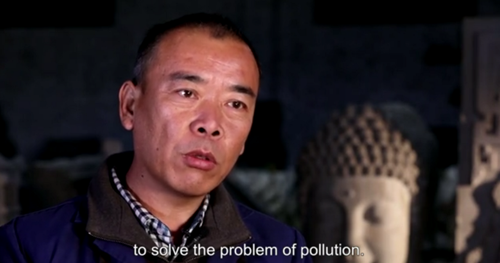
Su Yongjun speaking on environmental concerns via Bon Cloud
Traditional glaze tile making factories across China have been closed due to the air pollution caused in the process of developing the ceramics. Mass production requires the use of coal the burning of large quantities of wood — which are both extremely harmful to the environment.
Su develops high end glazed tiles using environmentally friendly electric and gas kilns to reduce the harmful effects of the process. He took this step while enduring financial hardship, refusing to put his personal profits above the environment.
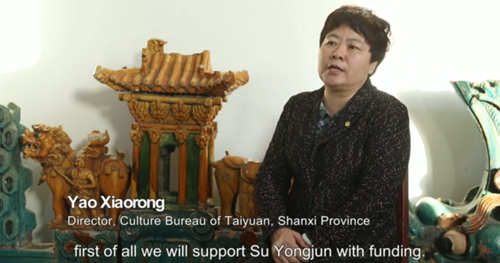
Yao Xiaorong speaking out on supporting Su Yongjun via Bon Cloud
Yongjun’s efforts were rewarded when the Su-style of tile making was recognized as a national level intangible cultural heritage. The support allows for him and his family not to be as concerned with finances, giving them the opportunity to continue making tile in a traditional cultural manner — without creating excess pollutants.
Analysis
With the upcoming release of Total War: Three Kingdoms, many unfamiliar with Chinese culture and history will become curious about the customs related to the ancient society. The international popular Romance Of The Three Kingdoms novel has already introduced thousands, if not millions to Chinese culture throughout the past several decades along with the Dynasty Warriors and Romance Of The Three Kingdoms video game franchises.
Those minds who stumble across the more detailed parts of Chinese history could find a lot of interesting tidbits concerning Chinese and world history if they look into the long history of glazed tile.
The history surrounding the Su-style of glazed tile and the even broader context of the art form shows how much societies around the world have in common.
To View The Entire Piece On Su YongJun Click Below


